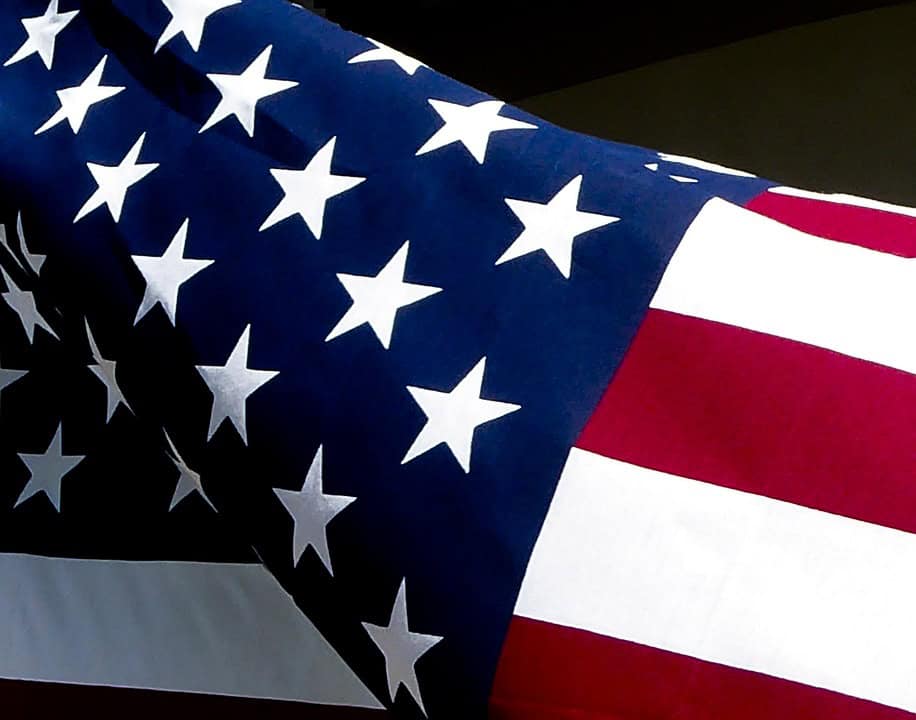
Eighty years ago, the government set in motion a program that would have a major impact on American life: the Servicemen’s Readjustment Act of 1944.
Better known as the G.I. Bill, it was signed into law by President Franklin Roosevelt a year before World War II ended to provide a range of economic and educational benefits for soldiers returning to the homefront, a place many of them didn’t recognize after three years at war.
The G.I. Bill paved the way back into civilian life by partially financing college degrees and vocational training; providing accessible loans for the purchase of homes, farms and businesses; offering a year of unemployment benefits, though few soldiers needed the help; and providing free medical care.
By 1956, almost 10 million veterans had taken advantage of G.I. Bill benefits. The legislation’s education initiative alone enabled 7.8 million soldiers to attend post-secondary schools between 1945 and 1956, while others were able to buy their first homes with the millions of loans approved for vets.
Those economic benefits would help produce a sturdy American middle class.
Similar benefits went to veterans of subsequent wars – including Korea and Vietnam – and peacetime service. Benefits were expanded in 2001 for those who served after 9/11.
The G.I. Bill’s impact on housing was also a springboard for the postwar avalanche of babies born between 1946 and 1964, a population known as the Boomers.
“We’ve all heard of the infamous Baby Boom that happened after World War II, when millions of veterans returned home to get married and start families,” noted the U.S. Department of Defense (DOD). “But because they did so in record numbers, they faced a severe housing shortage. A home loan provision of the GI Bill helped with that immensely.”
By 1955, according to the department, 4.3 million home loans worth $33 billion had been granted to veterans who purchased 20% of all new homes built after the war.
“The boom had a ripple effect across the economy, warding off any concerns of a new depression and creating unparalleled prosperity for a generation,” the DOD noted.
President George H.W. Bush – himself a World War II vet – summed up the impact of the GI. Bill in 1990.
“The G.I. Bill changed the lives of millions by replacing old roadblocks with paths of opportunity,” he said.
But like many institutions in the country at the time the measure was signed, the G.I. Bill was not color blind, according to history.com. President Harry Truman desegregated the armed forces in 1948, but it was too late for the 1.2 million Black men who fought in World War II to find the prosperity on the homefront that Whites did.
That disparity, it’s believed, drove some of the gaps in wealth, education and civil rights for African Americans that were felt generations later, notes history.com.
The G.I. Bill left women out, too. At the time, they were often discouraged from pursuing higher education or vocational training, according to the website. It was a bitter irony for those approximately 6.5 million females who took jobs in factories building essential military equipment while the men were at war.
Nonetheless, the G.I. Bill paid off in economic might. In 1988 – according to military.com – Congress determined that for every dollar spent by the program, the economy got $7 back.
Not a bad legacy.









